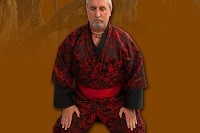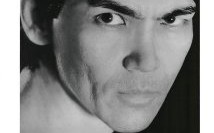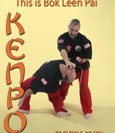Author: White Dragon Warrior Society
-

-

-
Our 1st Caribbean Training Camp
We are very excited to tell you about our 1st Annual Caribbean Training Camp! It is going to be absolutely awesome. We will train in one of the most beautiful places in the world – Montego Bay, Jamaica!!! I am offering some top notch seminars in the rarely taught ‘Wind & Water Chi Kung…
-

Fighters – Drop Your Hips!
How does dropping the hips (your center) help a Fighter? Punching Without a doubt, you need to drop your hips if you want to throw more powerful punches. Dropping the hips will ground you, giving you more balance and power. On the other hand, lifting the hips will make you lighter and decrease your balance…
-

New Pai Lum Tao Book Announced!
This is Chin Kon Pai Meditation by Glenn C Wilson This is the first book ever written on this most enchanting form of meditation, health and enlightenment. We learn of the history of meditation traveling from India to China to Japan and then eventually shared worldwide. Go deep into the psychology of meditation and what…
-

Don the Dragon Wilson Interview
Don “the Dragon” Wilson talks about his acting career and the influence of Pai Lum Tao on his training and life.
-

Pai Lum Tao Books Available NOW
Two new books written by Glenn C. Wilson on Pai Lum Tao are available NOW! No martial arts book collection is complete without these volumes. Each book is only $24.95, plus S&H. This is Bok Leen Pai Kenpo This is Bok Leen Pai $24.95 Grandmaster Glenn C. Wilson gives an in-depth look into the history…
-

Pai Lum Tao ‘TraditionZ’ Shirt
I am proud to announce that, with SiTaiGung’s blessing, I have been working diligently the past few weeks on a project with SiGung James Wilson and SiGung Don “The Dragon” Wilson. Specifically, we have collaborated on an effort to produce a ‘Pai Lum Tao’ shirt under the branding of SiGung Don’s new clothing line, ‘TraditionZ’. …
-

New Bok Leen Pai Kenpo Book
New Bok Leen Pai Kenpo book by Grandmaster Glenn C. Wilson. A jewel for any serious martial artist collection. Grandmaster Glenn C. Wilson gives an in-depth look into the history and techniques of Bok Leen Pai Kenpo. Follow the development of this powerful, fascinating system as Grandmaster Wilson takes you from its birth in China,…